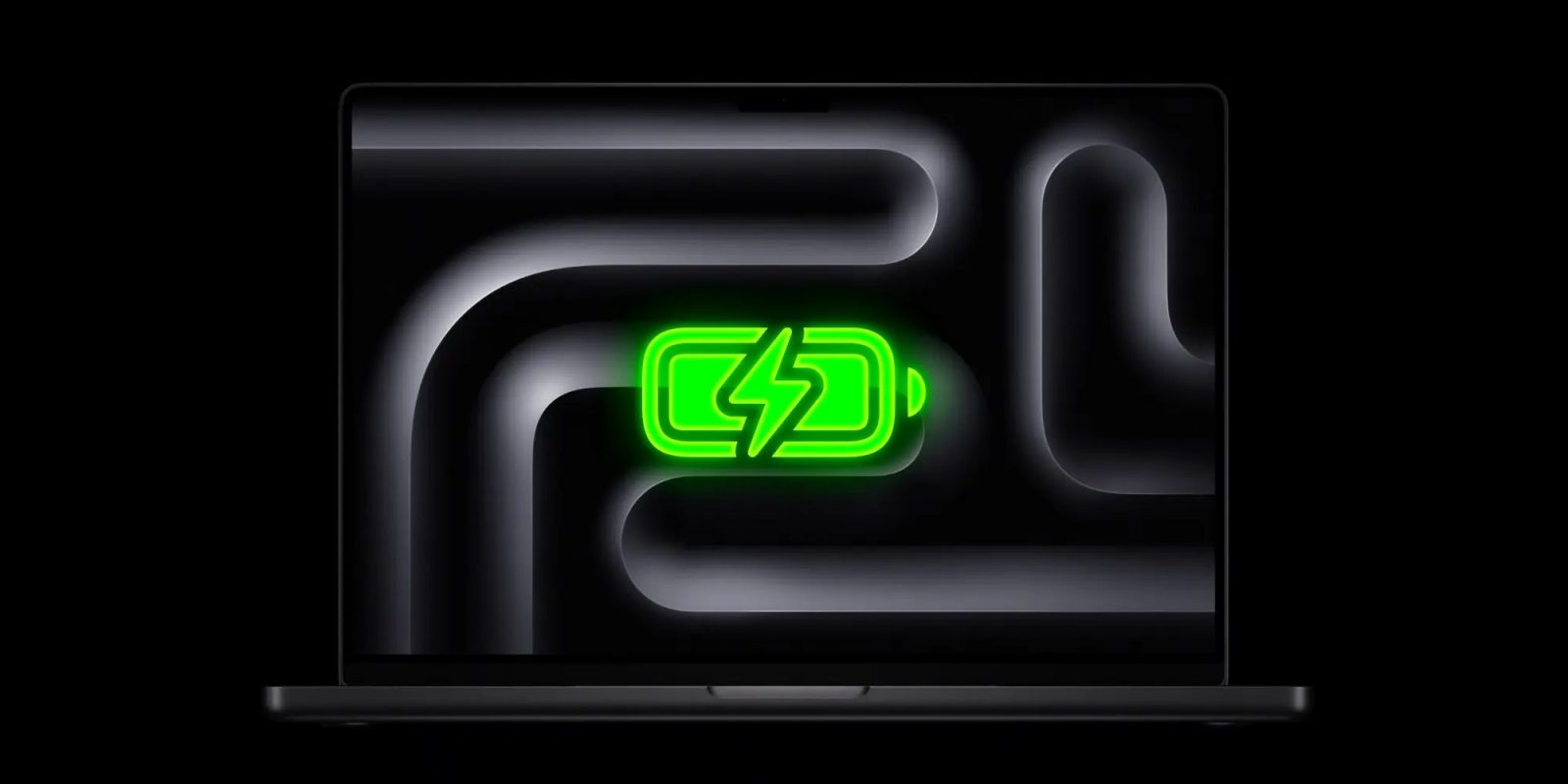
The first reviews of Apple’s new M4 Mac lineup dropped today, including the Mac mini, iMac, and MacBook Pro.
One interesting tidbit that emerged via Ars Technica’s review is that Apple has expanded the “High Power Mode” in macOS to the M4 Pro configurations of the Mac mini and MacBook Pro.
During the M1 and M2 generations, High Power Mode was only available on the 16-inch MacBook Pro. Last year, Apple expanded the option to the 14-inch MacBook Pro powered by the M3 Max. This time around, High Power Mode is expanding once again.
Ars Technica’s Andrew Cunningham reports that High Power Mode is now available on the Mac mini and MacBook Pro powered by M4 Pro.
In his Mac mini review, Cunningham says the performance difference with High Power Mode enabled “is negligible.” Fan noise, however, is “considerably increased.”
In our tests on the Mac mini, any performance gain from using High Power mode was essentially negligible, so small that we haven’t bothered to make charts showing the difference—there are signs of a very small upward nudge in a couple of GPU tests, but all the CPU tests and many of the GPU tests show differences that are essentially within the margin of error.
While performance is a bit of a wash, fan noise is considerably increased under High Power mode. The Mac mini is mostly inaudible most of the time, the same way most Apple Silicon Macs have been, but under sustained CPU or GPU load, the mini emits a louder whoosh that you’ll definitely hear unless you’re wearing headphones. That could be a sign that, over many hours of activity, High Power mode will produce better or more consistent results than most of our tests, which generally take no more than a few minutes to run. But from where I sit, the benefits of High Power mode in the M4 Pro Mac mini are negligible, and the downside is noticeable. I would generally leave it turned off.
In a support document (which has not yet been updated for the M4 generation), Apple explains how High Power Mode is meant to work:
By default, your Mac is set to Automatic mode to balance energy use and performance. Low Power Mode reduces energy use to increase battery life. High Power Mode allows the fans to run at higher speeds. The additional cooling capacity may allow the system to deliver higher performance in very intensive workloads.
High Power Mode can improve performance in graphics-intensive workflows such as color grading 8K ProRes 4444 and 8K DNxHR video. In video editing and 3D applications, you may experience smoother playback and faster exports in High Power Mode.
In High Power Mode, the fan may run at a higher speed and you may hear additional fan noise. High Power Mode can be used whether your Mac is connected to power or not.
Buy Apple’s new Macs:
- M4 Mac mini (Save $50)
- M4 Pro Mac mini (Save $50)
- M4 iMac (Save up to $150)
- 14-inch MacBook Pro (Save up to $150)
- 16-inch MacBook Pro (Save up to $150)
FTC: We use income earning auto affiliate links. More.




Comments